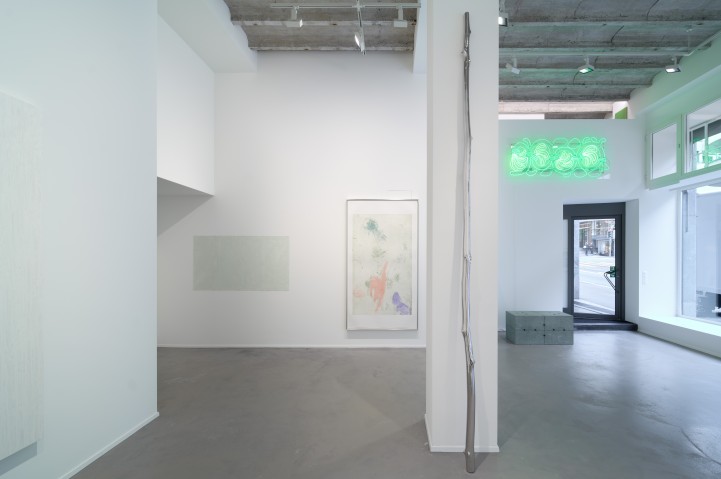
Line Up
1 October – 19 November 2022
Zürich
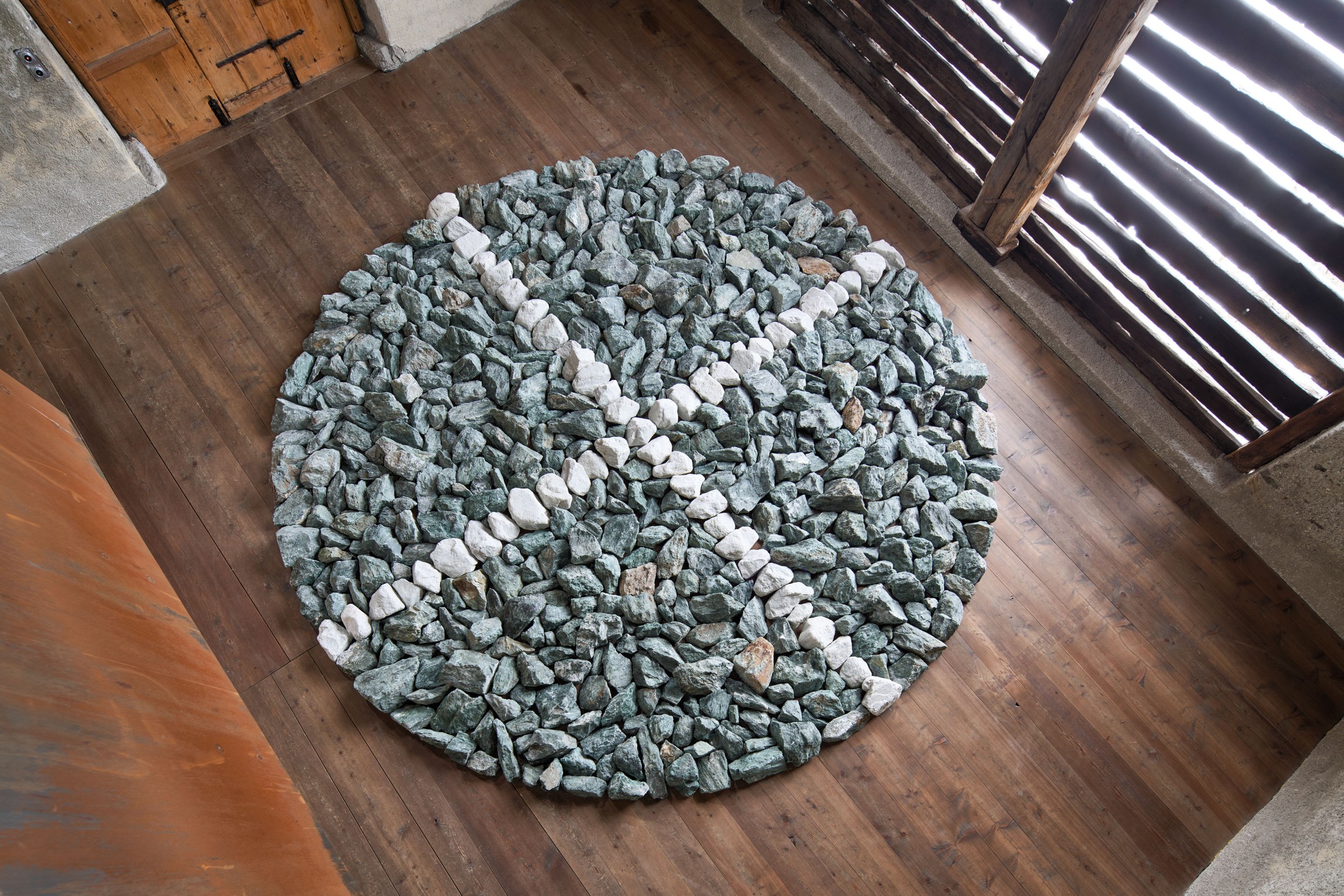
Richard Long uses natural materials and his own physical presence to create his sometimes ephemeral works. He visually documents the tangible yet temporary traces that he purposefully leaves behind on his walks in a landscape, before leaving them to nature. These include markings that make human intervention in nature visible, either as a subtle gesture such as path left by feet in the grass or as a striking object made of organic materials. His artistic work is based on nomadic principles, with which Long illuminates the interactions between bodies, time and nature; he thus engages with the seeming contradiction between nature and order. While his sculptures align with strict geometric configurations such as circles, straight lines, crosses and spirals, their material surface remains unprocessed. And the minimalist impression of these works of formal reduction is only reinforced by the one-sided use of materials.
With his permanent works, Long brings the landscape into institutional, human-made space. The relationship to the outside is preserved due to the artist’s personal relationship to the origin of the chosen material. For his large-scale stone pieces, Long often chooses material that is available at a quarry near the exhibition location. For his large-scale murals and ‘mud drawings’ he frequently uses mud from the river Avon, which flows through his home town of Bristol. Besides this clear local connection of the components used, the organic elements also gain meaning through their respective geology. In several respects, time is a core element of his conceptual work, through which he has been expanding the definition of sculpture since the late 1960s.
Sir Richard Long studied at the West of England College of Art in Bristol from 1962 to 1965 and at St. Martin’s School of Art in London from 1966 to 1968. He was awarded the Turner Prize in 1989. His work, spanning more than sixty years, has been the subject of countless group and solo exhibitions worldwide, including at MoMa in New York, Tate Britain in London and Hamburger Bahnhof in Berlin. Richard Long was part of documenta 5, 1972 as well as documenta 7, 1982 and represented Great Britain at the Biennale di Venezia in 1976. He has participated in no less than 15 biennials. His work is represented in many major collections, including the Solomon R. Guggenheim Museum and the Museum of Modern Art in New York, the Tate Britain in London, the Musée d›Art Moderne de la Ville de Paris, the Stedelijk Museum Amsterdam and the Kunsthaus Zürich. In 2018, the British Queen Elizabeth II ennobled the internationally awarded artist for his services to art.
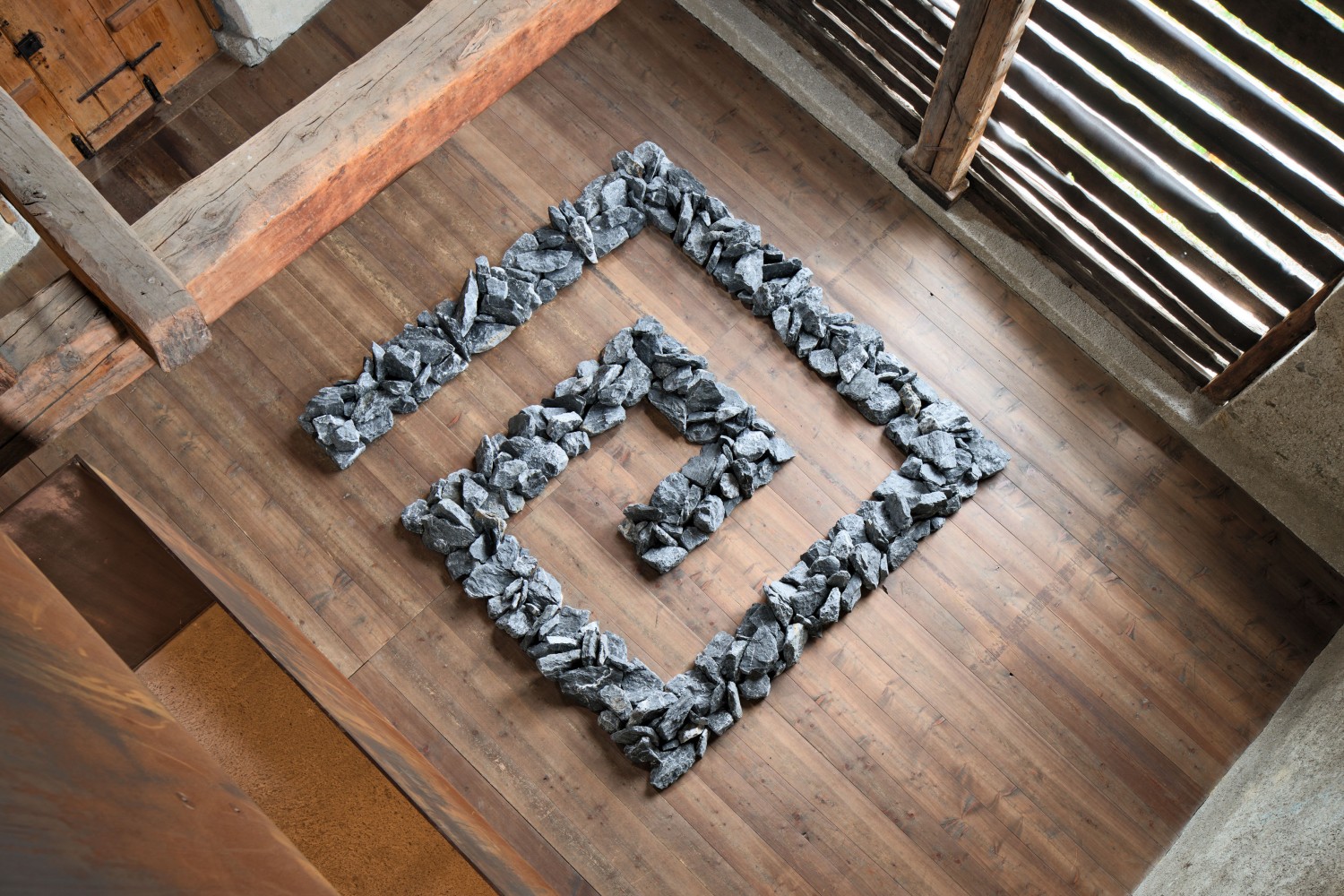
1/14
Limestones from Balzers FL
41 × 420 × 390 cm
RL/S 50
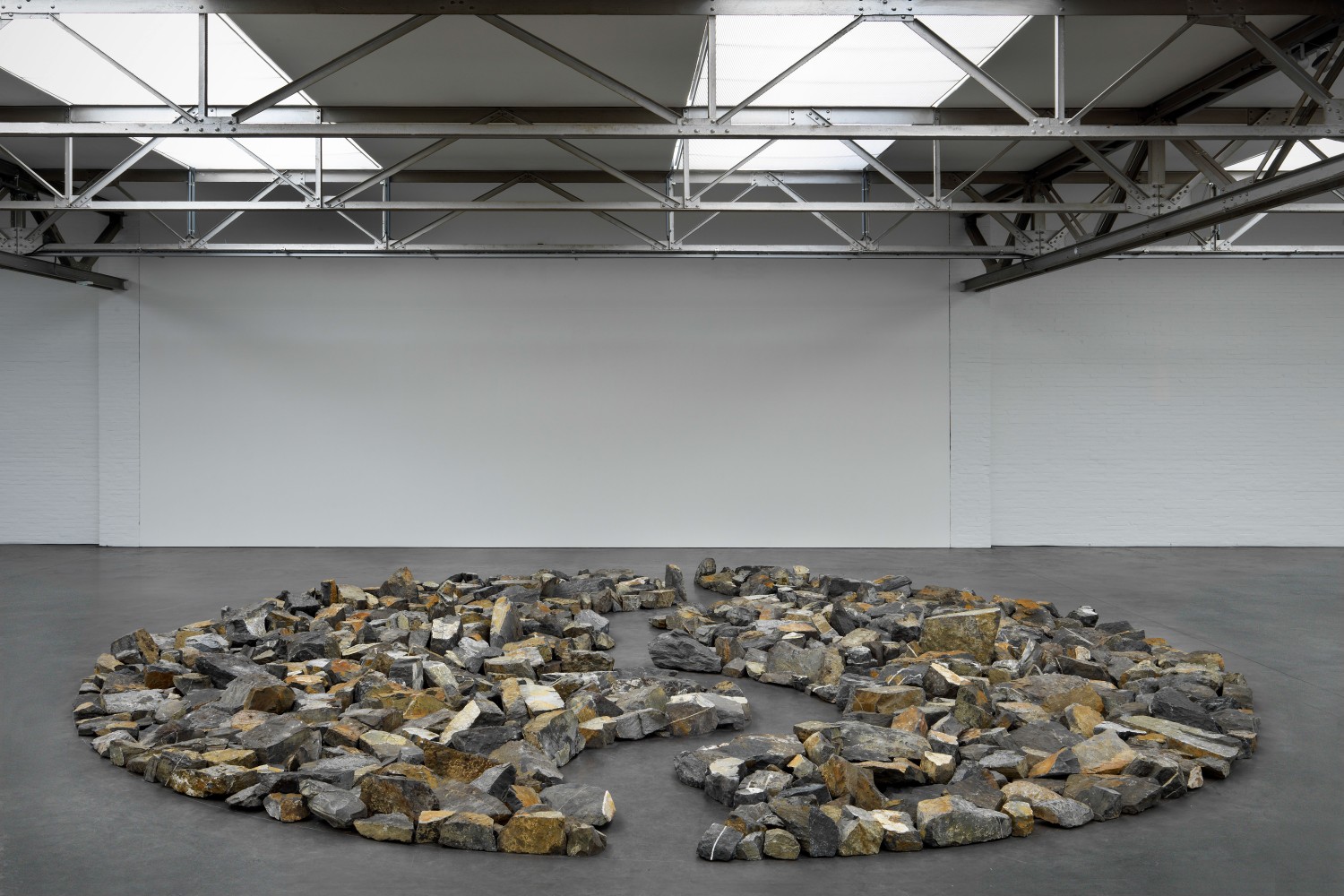
2/14
Buchser Basalt
Ø 820 cm
RL/S 30
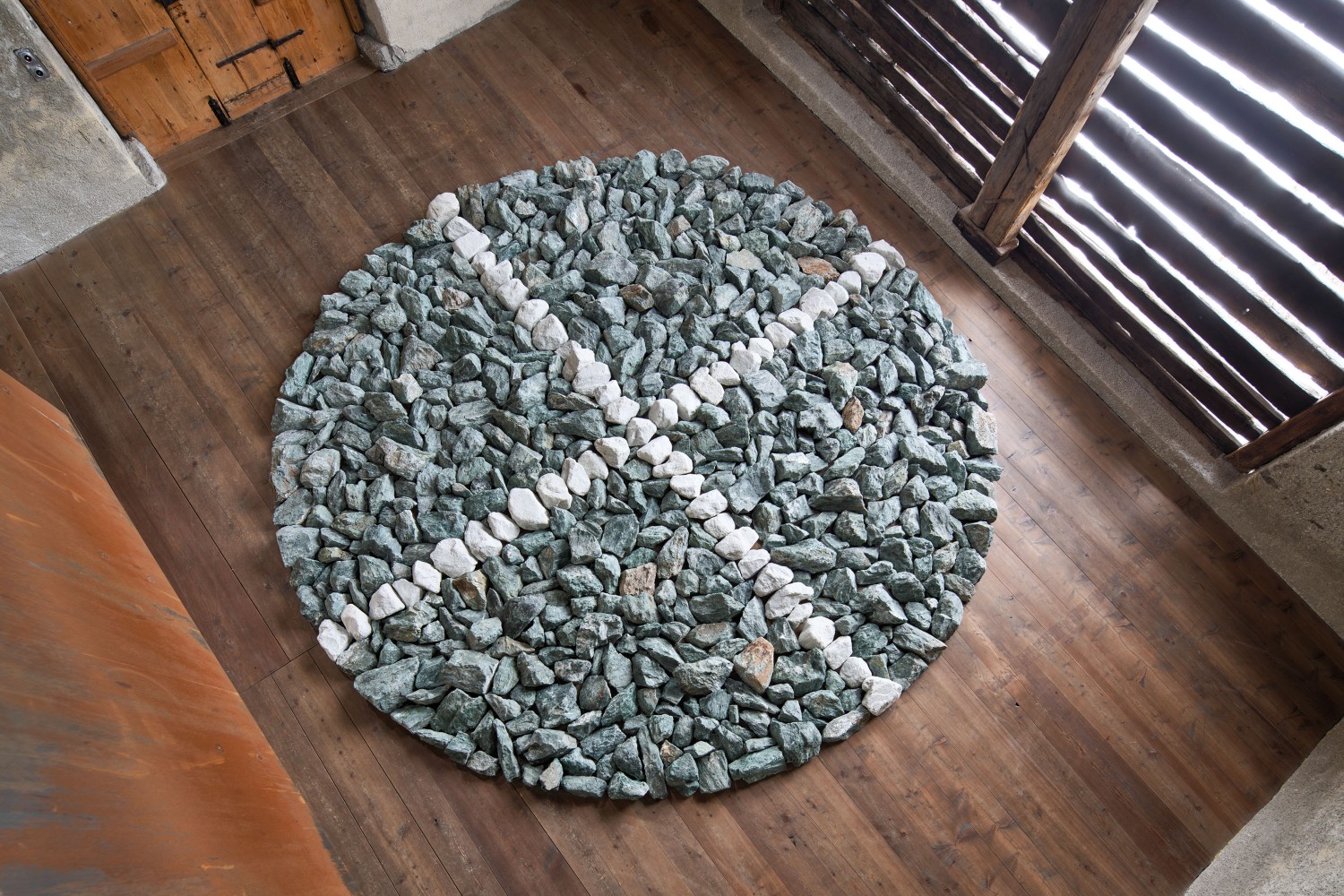
3/14
Marmorera and Rhône Riverbed Stones
Ø 600 cm
RL/S 49
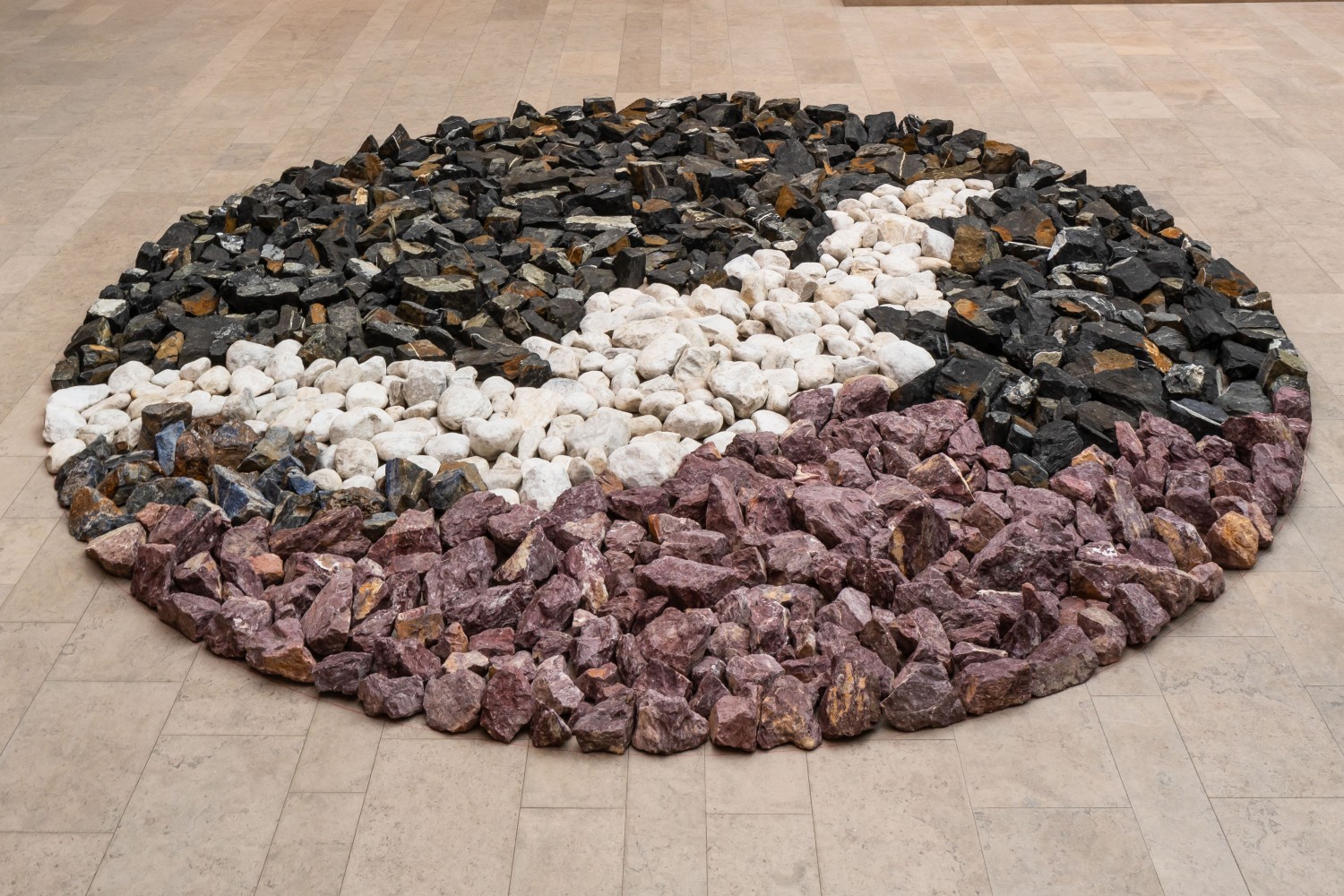
4/14
stones from Switzerland, Italy and Namibia
Ø 750 cm
RL/S 23

5/14
Cuasso Stones
470 × 370 cm
RL/S 36

6/14
black paint on Arches natural white paper, 850 g/m2
56 × 152 cm (paper)
74.6 × 169.8 × 8.5 cm (framed)
RL/D 184

7/14
black paint on Moulin handmade watercolor board, 1,200 g
98 × 68 cm (paper), 118.5 × 84.5 × 8.5 cm (framed)
RL/D 191
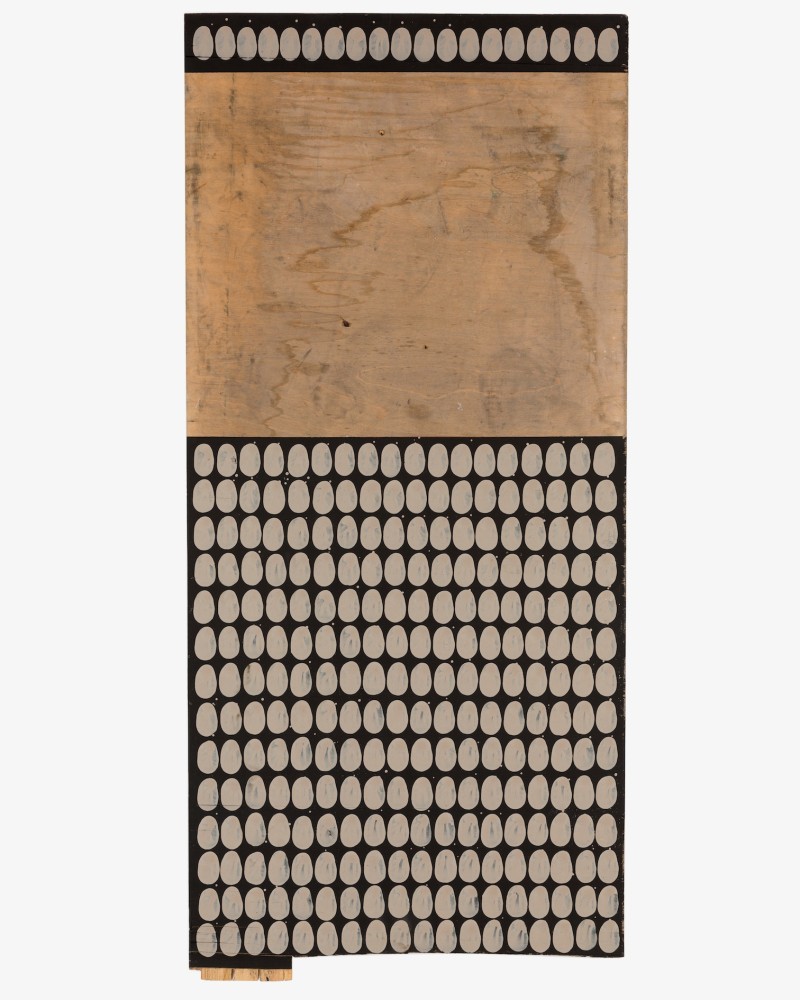
8/14
paint and mud on wood
105 × 48 cm
RL/D 167
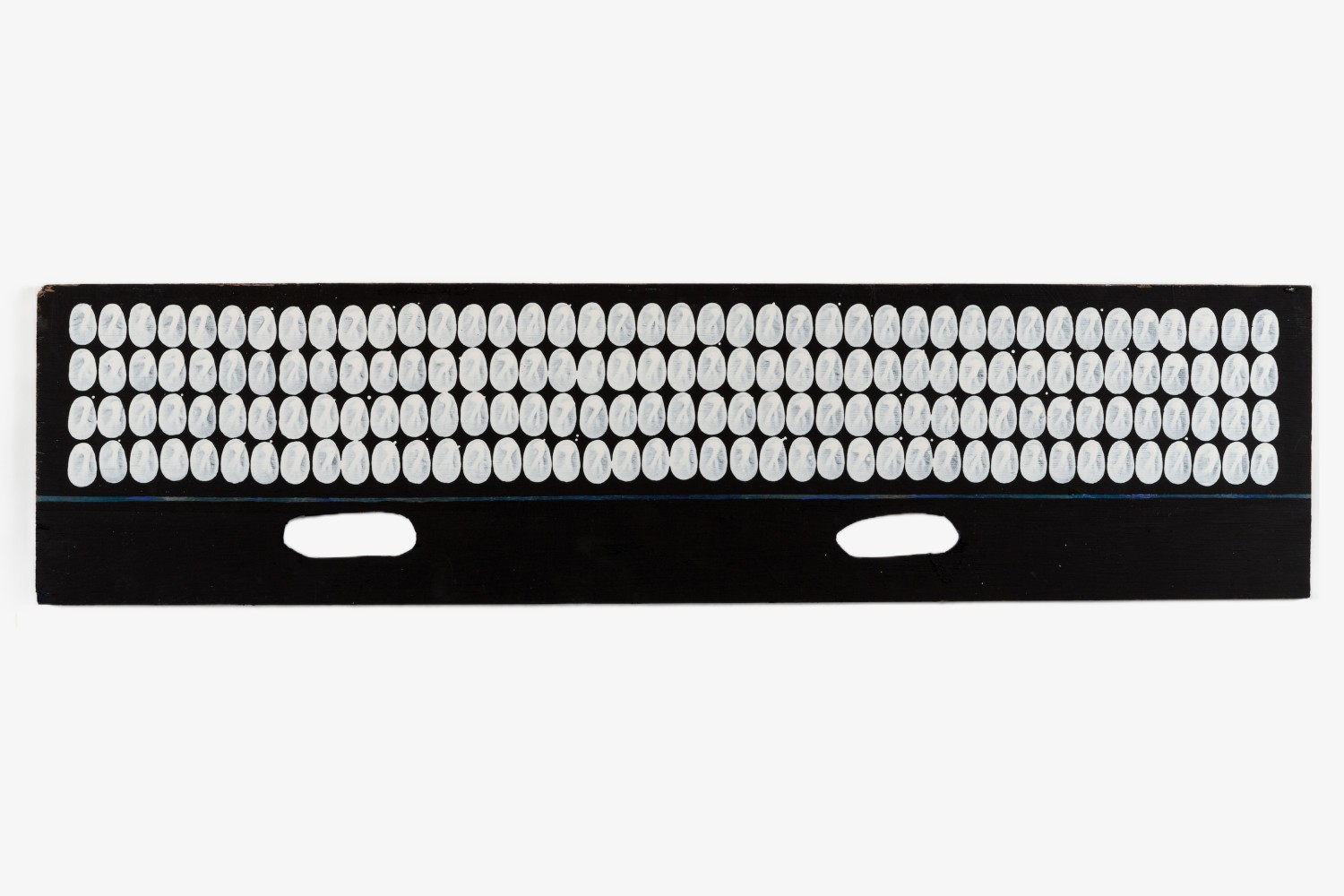
9/14
paint and mud on wood
27 × 109 cm
RL/D 165
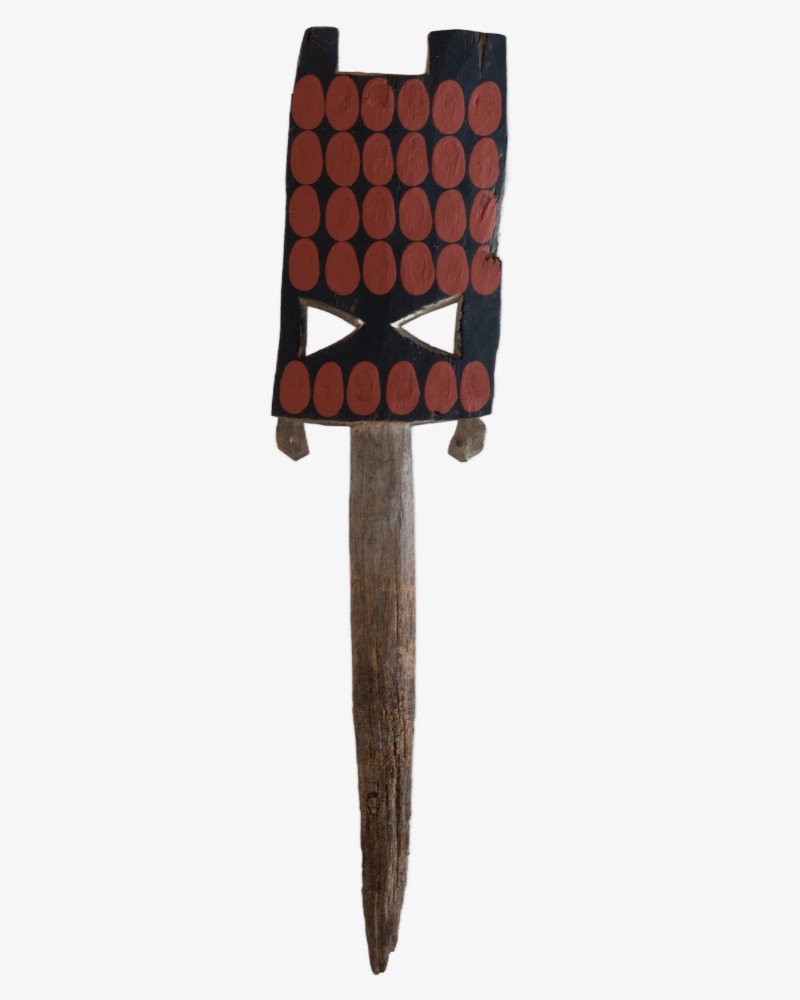
10/14
red mud on black painted bed stake from Niger
64 × 16 × 3 cm
RL/D 124
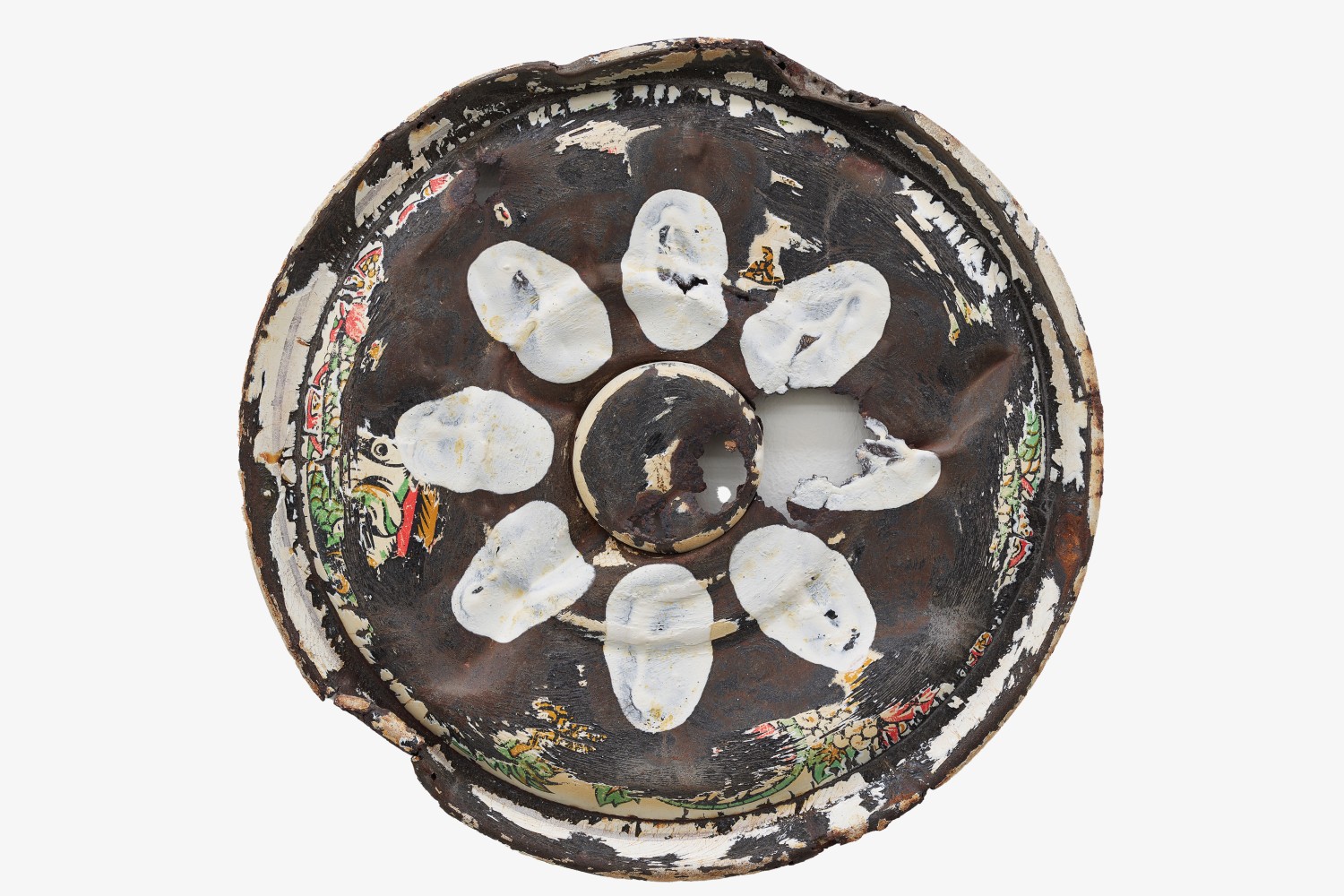
11/14
China clay on scrap metal
19.5 × 19.5 × 1.5 cm
RL/D 136
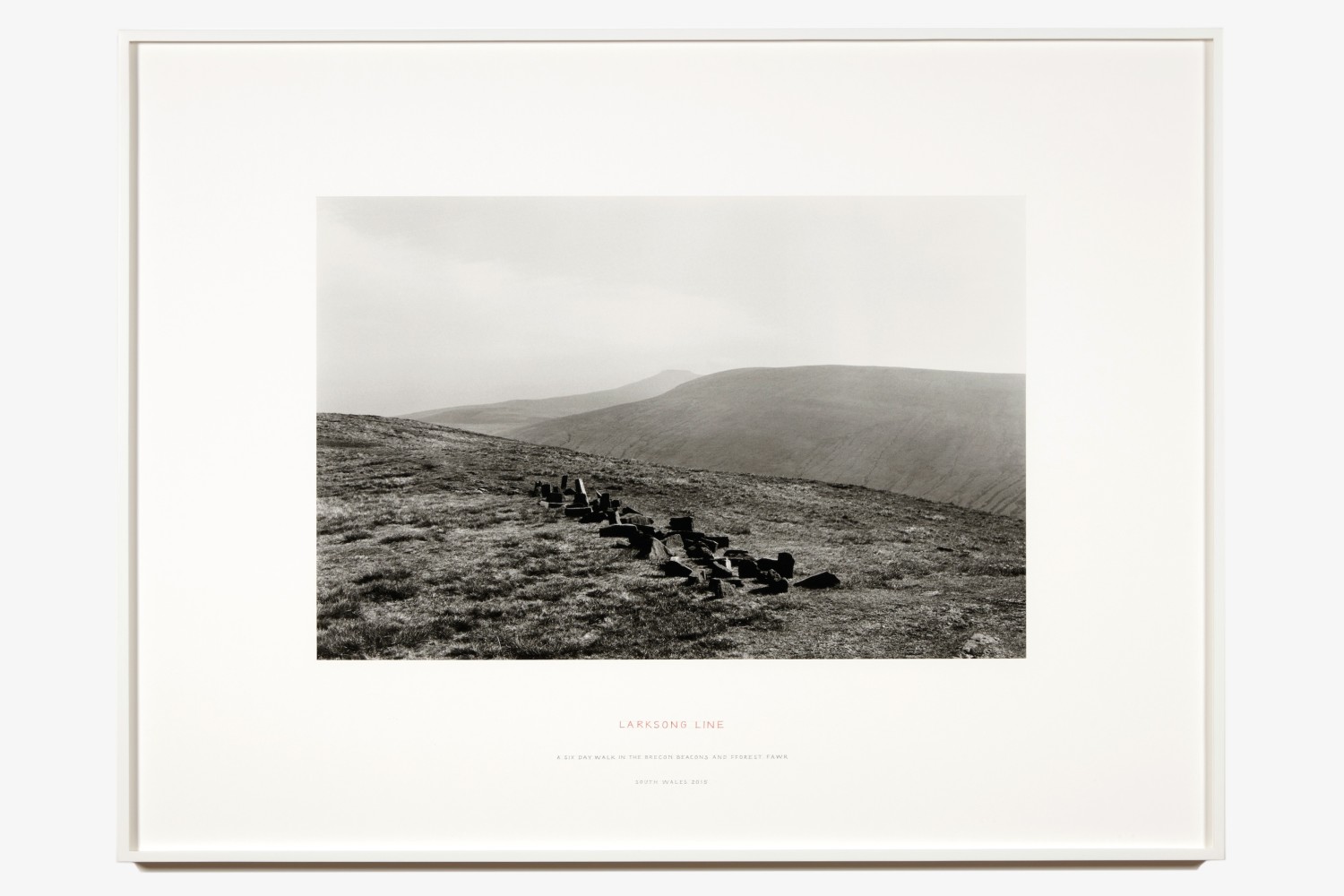
12/14
black and white photograph with handwritten text on paper
90 × 144 × 5 cm (framed)
RL/F 44
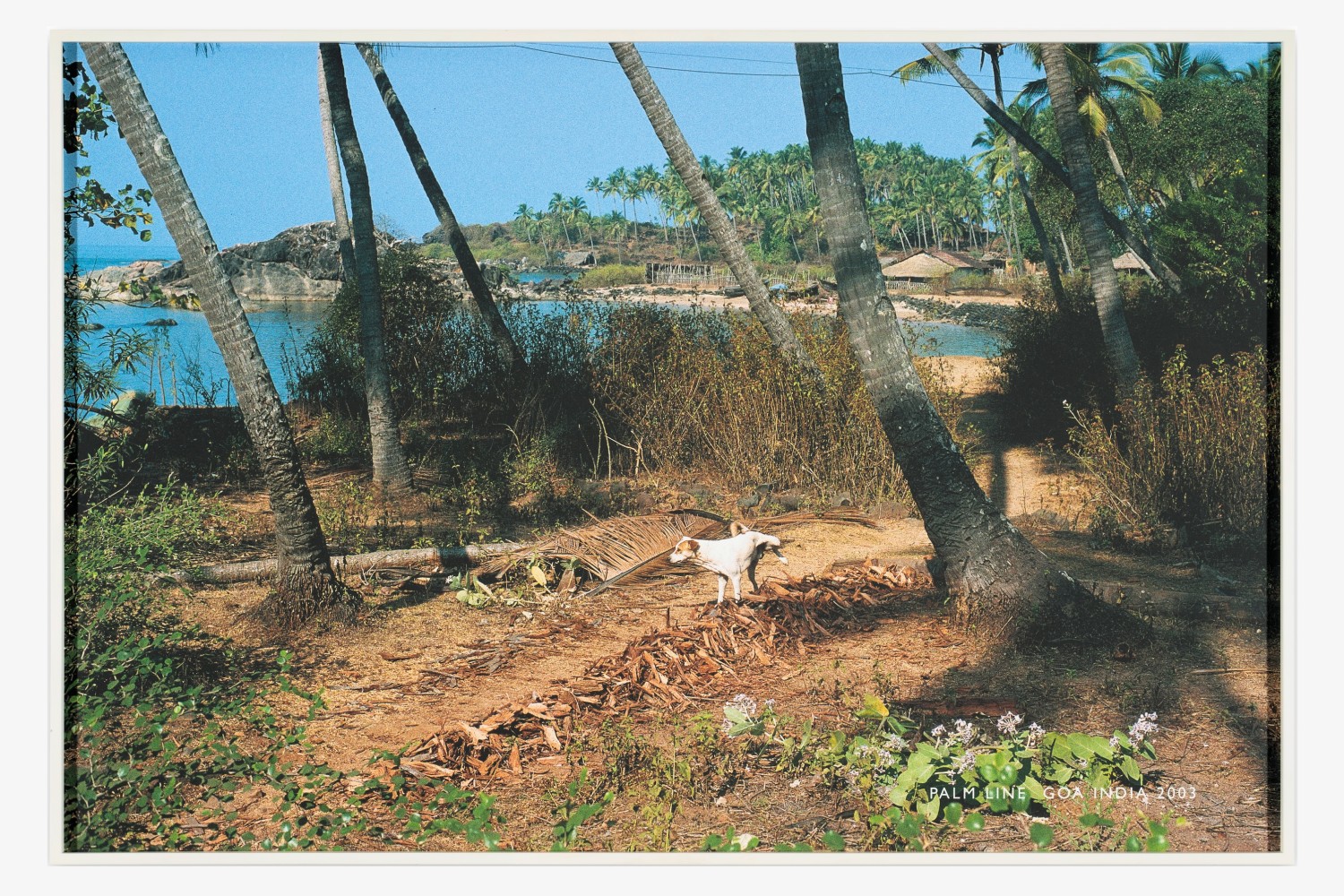
13/14
giclée print on somerset paper
79 × 120 cm (framed)
RL/F 34
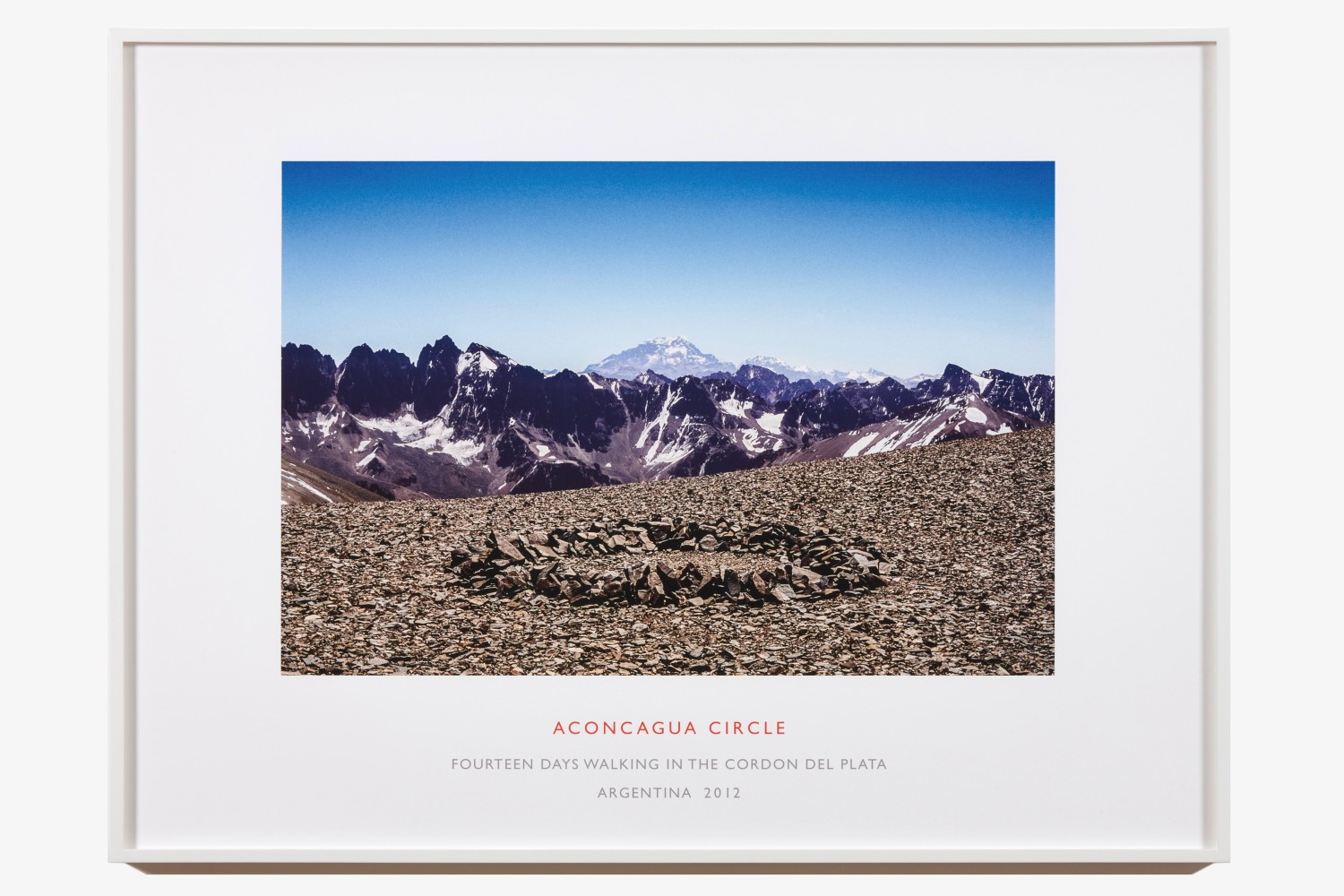
14/14
Photograph and Text on paper
72 × 97 cm (framed)
Edition of 4
RL/F 45
Senay Boztas
23 May 2023
Dutch museum has received €12.5m gift to help support free-of-charge, sculptural exhibitions in the gardens.
May 2023
Richard Long in the Rijksmuseum Gardens is the 10th edition in this series of free outdoor sculpture exhibitions.
Mark Westall
23 May 2023
The Rijksmuseum has invited the British artist Richard Long to present the 2023 anniversary edition of series. Richard Long in the Rijksmuseum Gardens runs from 26th May to 29th October 2023.
Kunst Museum Winterthur
7 September 2021
Alan Charlton (1948) und Richard Long (1945) zählen zu den herausragenden britischen Künstlern der vergangenen Jahrzehnte. Im Dialog entfalten die Werke Longs und Charltons einen Fächer der zentralen Fragen der Kunst ihrer Epoche: die Suche nach neuen Möglichkeiten für die Kunst jenseits akademischer Traditionen und institutioneller Zwänge.
Kunst Museum Winterthur
7 September 2021
Alan Charlton (1948) und Richard Long (1945) zählen zu den herausragenden britischen Künstlern der vergangenen Jahrzehnte. Long gilt als einer der Pioniere der sogenannten Land Art, einer Kunstrichtung, welche seit den 1960er Jahren die Landschaft als Werk-, Ausstellungs- und Erfahrungsraum versteht. Alan Charlton hingegen gehört zu den radikalsten Malern seiner Generation. Er bezeichnet sich selbst als Mann, der graue Gemälde schafft. Seit 1969 sind seine Gemälde ausschliesslich in dieser (Nicht-)Farbe gemalt. Im Dialog entfalten die Werke Longs und Charltons einen Fächer der zentralen Fragen der Kunst ihrer Epoche: die Suche nach neuen Möglichkeiten für die Kunst jenseits akademischer Traditionen und institutioneller Zwänge. Die Doppelausstellung von Alan Charlton und Richard Long wird mit Beständen der eigenen Sammlung und ausgewählten Leihgaben realisiert. Das Fundament dazu bildet die umfangreiche Dauerleihgabe der Amsterdamer Sammlung Agnes und Frits Becht, die 2020 nach Winterthur kam. Darunter befinden sich erstrangige frühe Werke der beiden Künstler, welche das Sammlerehepaar als eigentliche Pioniere zum damaligen Zeitpunkt erworben hatte.
Die einmalige Kombination von Vertretern zweier Generationen britischer Kunst verbindet sich durch das Interesse Charlotte Prodgers an der Land Art der 1970er Jahre, die sie in ihren Videos zitiert, sowie durch ihre radikale formale Reduktion und ihre Vorliebe für Grauwerte, wie sie in ihren Fotoarbeiten sichtbar wird.
Marina U. Fuchs
15 August 2015
Die Zuozer Galerie Tschudi präsentiert derzeit Einzelausstellungen von Martina Klein, Dan Walsh, Richard Long und Augustas Serapinas.
We are very sorry.
Unfortunately, your browser is too old to display our website properly and to use it safely.
If you are using Internet Explorer, we recommend updating to its successor Edge or switching to Firefox, Chrome or Brave. If you surf with Safari, we recommend updating or even switching to one of the above browsers.
Galerie Tschudi
Contact Page×